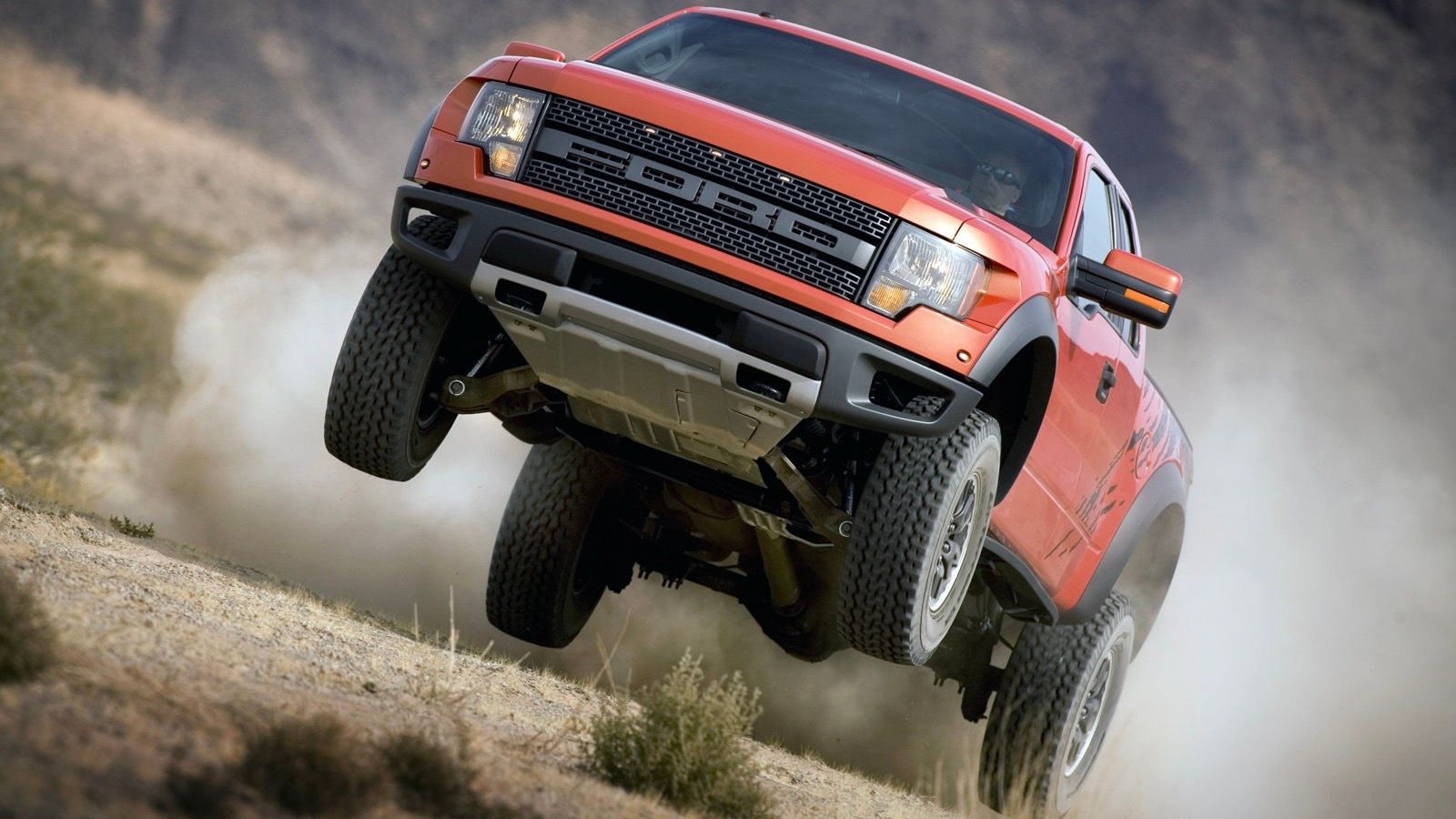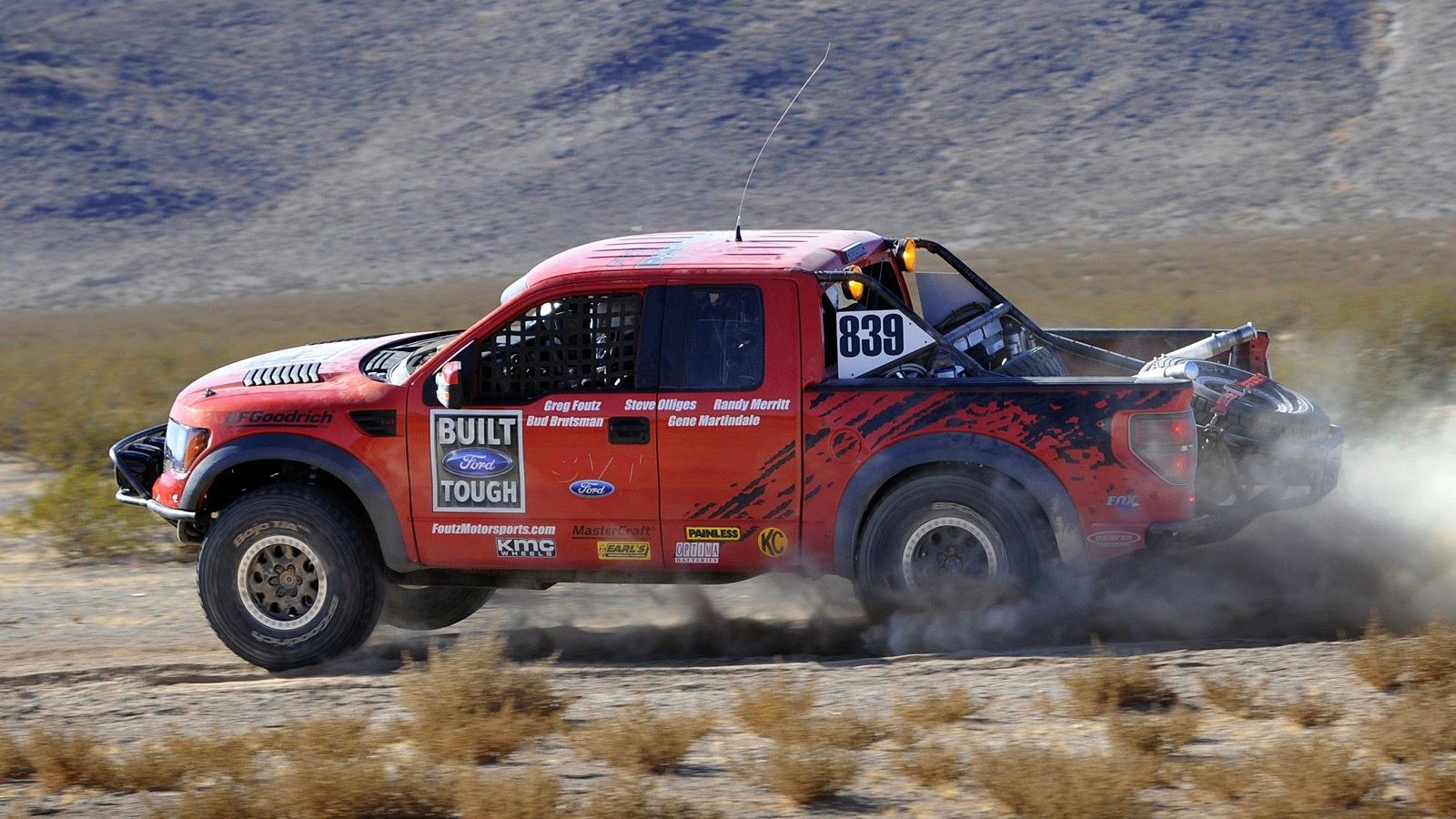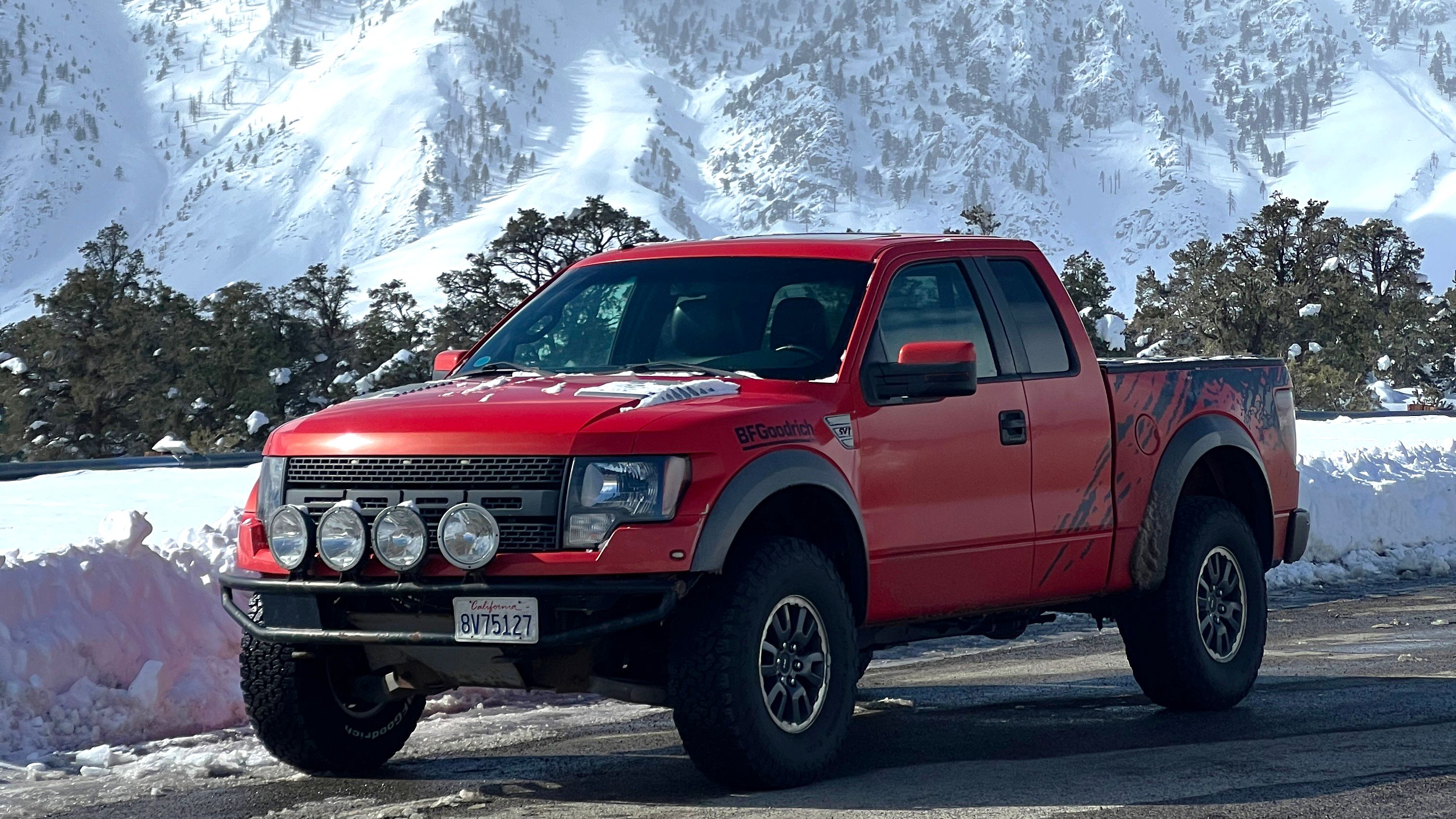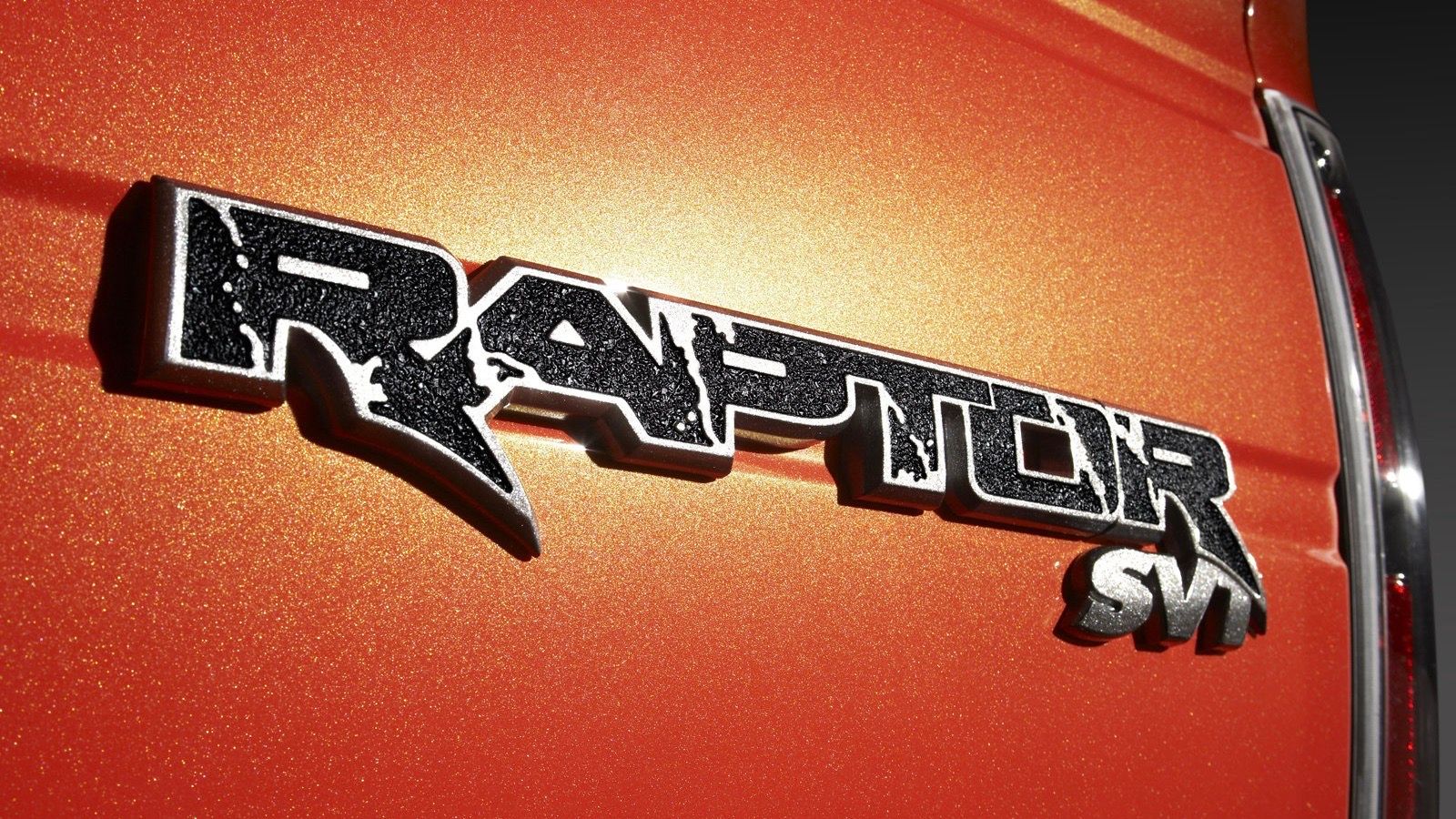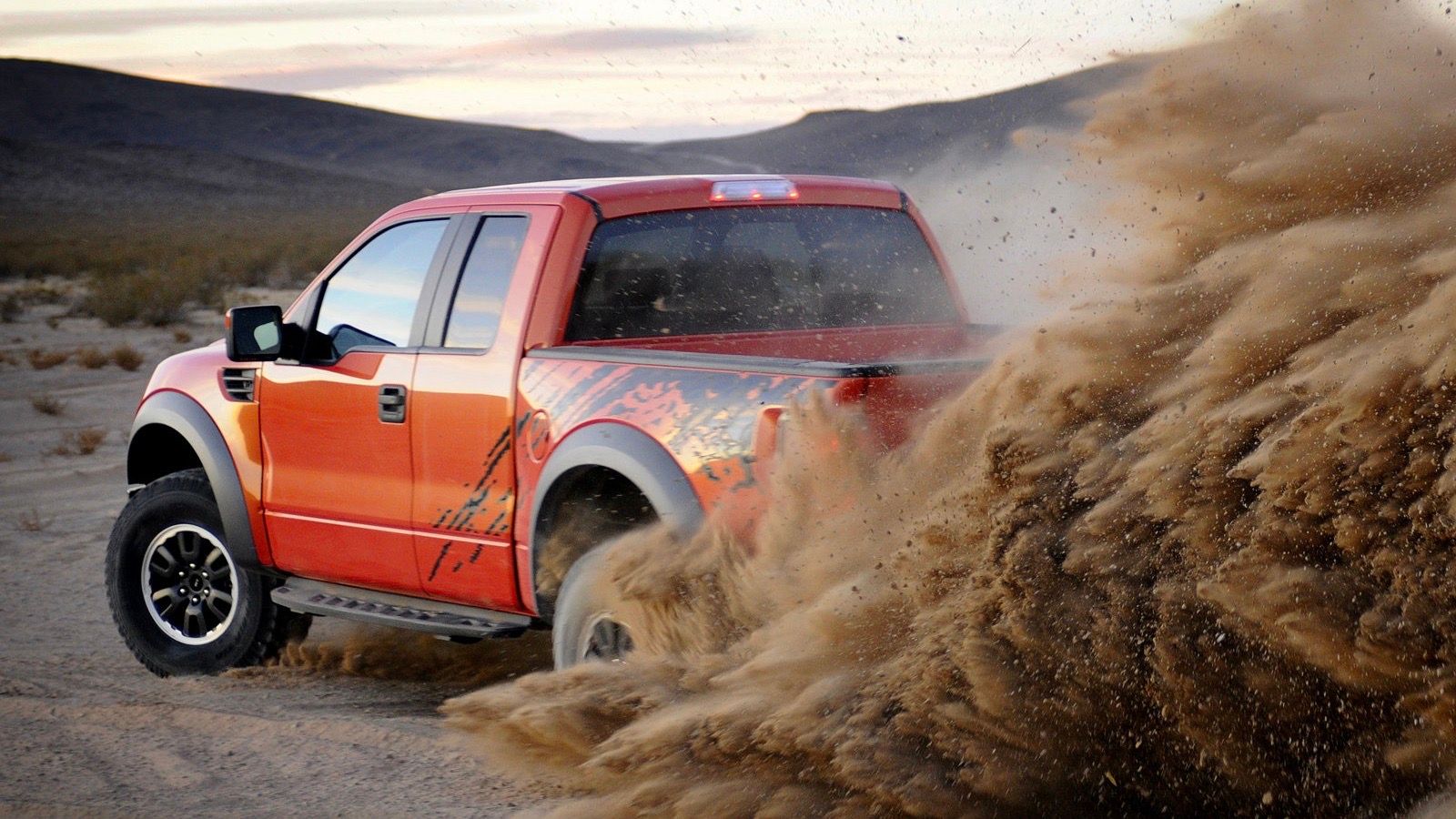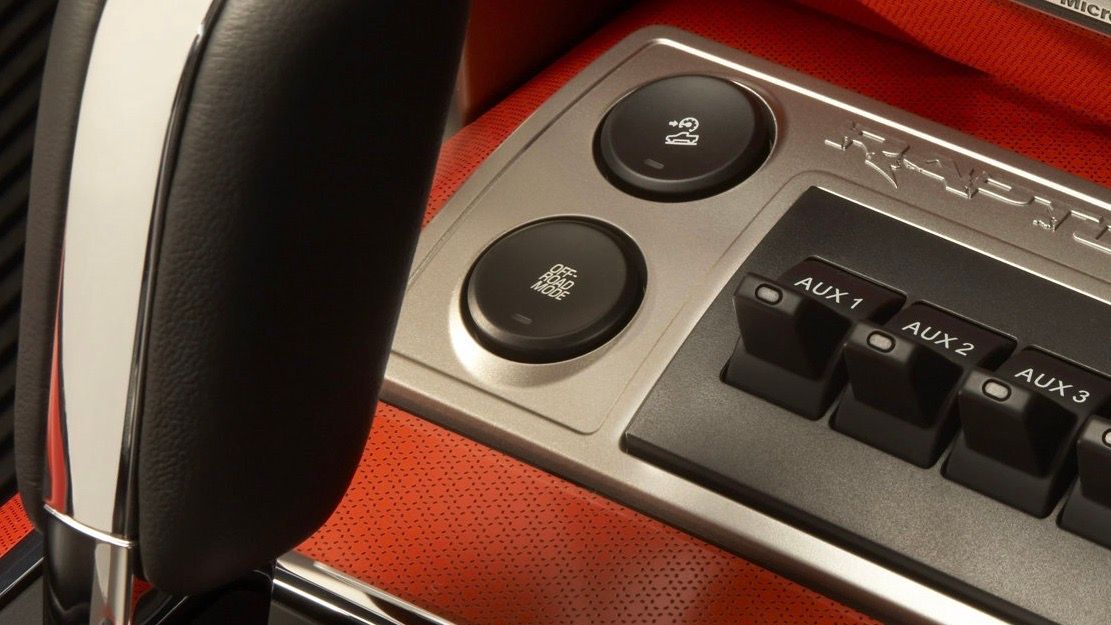This is the tale of the monster nobody saw coming. Back in 2009, Ford launched one of the most exciting models in its history, the F-150 Raptor. During a time of national distress, the Raptor miraculously soldiered on as a true automotive star just following the 2008 recession. This funky-looking pickup served as a beacon of positivity in an otherwise stale landscape. We recently revisited the first-generation Ford F-150 Raptor and found it to be just as impressive as it was to drive at its launch. As it turns out, there’s a reason Ford continued with off-road-focused vehicles. It’s because Raptor products are so darn exciting to drive, even over a decade later.
The Ford F-150 Raptor Was Built To Take On The Baja 1000
You can think of the 2010 F-150 Raptor as the opposite of a homologation vehicle. Ford was more interested in the Raptor as a high-performance production vehicle that just happened to have a racing version to prove its brawn. They used the Baja 1000, one of the most brutal races on the planet, as a proving ground for the Raptor. Not only did the racing version of the production truck finish the race, something in itself is a major feat, but the 2010 Ford F-150 R did so, taking third place in its class. This was a huge victory for Ford's SVT (Special Vehicle Team). Bragging rights aside, this win proved that the F-150 Raptor was up to the challenge of serious high-speed off-road performance.
It's Great As A Daily Driver
An unexpected side effect of having such a relatively long travel suspension is a wonderfully plush ride. The F-150 Raptor rides more gracefully than some very expensive luxury cars. The first generation Ford F-150 Raptor helped solidify the full-size pickup truck segment as more of a luxury vehicle as many drivers preferred the Raptor solely for its smooth on-road ride. The fact that it is so capable off-road was an added perk, but with a growing options list, there is little nowadays that you won’t find in a fully loaded F-150 (especially the Raptor) that you’d want from a full-size luxury sedan. Massage seats with heated and ventilated functions? You got it. Ever-complicated infotainment with seemingly infinite ways to customize your experience? Absolutely! Premium interior materials, panoramic sunroof, easy-to-use vehicle drive modes, lane keep assist, and collision mitigation tech? You bet! These are not the simple vehicles they used to be, and the first generation Ford F-150 Raptor paved the way for the sophisticated trucks you now see in showrooms demanding near (or sometimes over) six-figure price tags.
The Raptor Was The First Of Its Kind
The F-150 Raptor was, in many ways, a shot in the dark for Ford. It wasn’t long before the release of the Raptor that the 2008 recession financially ruined so many people and businesses. Here Ford was, launching a new gas-guzzling, relatively expensive vehicle that was essentially an automotive toy. Despite the world events of the time, the F-150 Raptor proved to be a massive success for the company. The idea was simple, take the best-selling pickup, turn it into an absolute off-road monster with unique suspension and Baja trophy truck styling, paint it bright orange, and name it after a vicious dinosaur. The original F-150 Raptor was an exercise in excess, and it proved to be wildly popular. This truck got people to explore the outdoors, and high-speed off-roading for the mass market wasn’t widely available.
The F-150 Raptor's V-8 Growl
Whether it was the 5.4-liter or you waited for the 6.2-liter engine, you could only get a Raptor with a very rumbly V-8. The rowdy exhaust note became a Raptor signature, leaving much to be desired in today's V-6 Ecoboost Raptors’ more muted sound. The goal for the first generation F 150 Raptor was to be as close to a trophy truck for the street as possible. A snarling V-8 with a mean exhaust note went a long way towards making the driver feel like they were behind the wheel of the next Baja 1000-winning vehicle. Drivers of second and third generation Raptors missed the furious sound and pressure from its Ram TRX competitor, which led Ford to develop a new V-8-powered Raptor R. The signature sound is back and better than ever with a supercharged unit from the Shelby GT500, but it was the gen-1 truck that left the impression on buyers in the segment.
Off-Road Mode: Ford’s Not-So-Secret Sauce
Ford did something unique when it introduced “Off-Road Mode.” Now there are many different modes to choose from in a modern Raptor, but back in the original, it was just a single dedicated mode that changed a myriad of performance dynamics within the truck’s software. First, it lowered the sensitivity of the airbag sensors and seatbelt tensioners. Next, you get a linear throttle map giving the driver ultimate control of how much power is extracted. Then the shift schedule for the transmission was changed, holding gears longer to keep the engine up higher in the revs where more power was made. This mode also alters the ABS allowing full lock up under 20 miles per hour, allowing the tires to “dig” into the soft terrain you would be driving over in an off-road situation. Interestingly trailer sway control was introduced in the same generation of trucks that was designed to mitigate a disaster when towing a trailer by detecting an out-of-control swaying of the vehicle and applying pressure to individual brakes on the truck to maintain control. When the off-road mode is engaged, there seem to be small amounts of intervention at very high speeds that would suggest this technology is also at work here but repurposed for high-speed stabilization. The end result is a vehicle that feels like it’s floating over the surface at alarming speeds but also a walk in the park while simultaneously making the driver look like a rock star by just keeping the traction/stability in check. They call this “Baja Mode” in the 2022 Ford F-150 Raptor, and it’s some of the best fun you could have in a vehicle.

